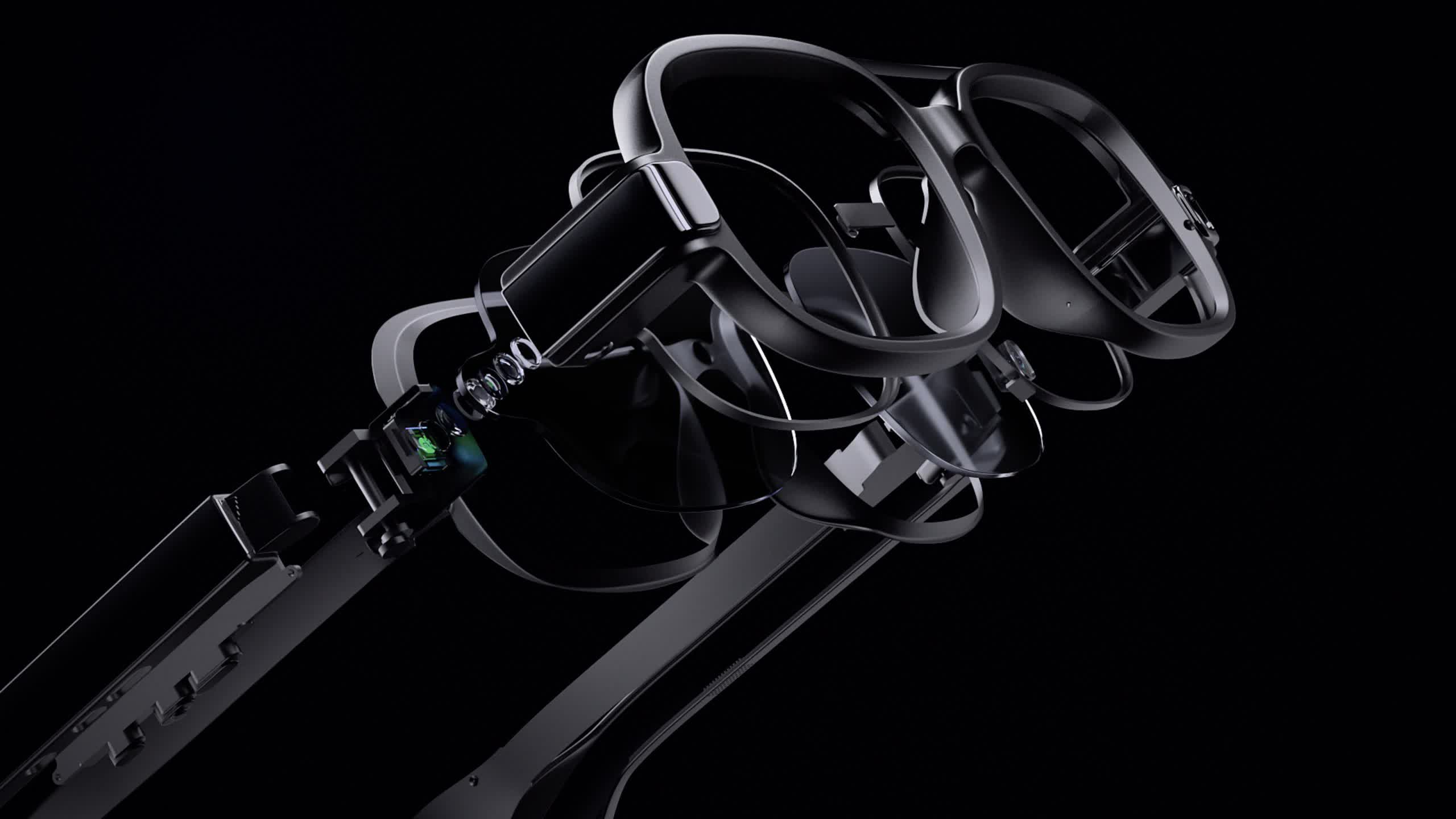ShinyShiny tech round up: Apple launches ‘no longer a spectacle’

A smaller notch. A faster processor. A new camera with cinematic mode. In the pantheon of Apple keynote events, Tuesday’s iPhone 13 launch was towards the modest end. “We still see room for innovation,” was one analyst’s rather dry take. Perhaps Tim Cook didn’t want to make any risky moves on an unlucky number. The unveiling of the iPhone 13 and 13 Pro contained few dramatic flourishes, and no Jobsian “one more thing” moment. But these days, Apple does not need them. The smartphone wars are largely over. Few switch between Apple and any number of Android rivals based on features such as a bigger screen or a radical redesign. Telegraph
Apple has announced its new iPhone 13, which can film “portrait mode” videos with a depth of field effect. The new cinematic mode “anticipates when someone is about to enter the frame” and shifts focus to them, Apple said – something known as “pull focus”. It is the only smartphone that lets users edit this effect after shooting, Apple boss Tim Cook said. However, most other features on the new model were incremental updates over previous versions. The event was also overshadowed by news of a new security flaw in Apple devices which could expose users’ messages. Apple released a security patch on Monday for the previously-unknown flaw, which could let attackers access its iMessage service without the user clicking on a malicious link or file. BBC
Smart glasses are back in fashion following the commercial failure that was Google Glass. In the wake of the Ray-Ban/Facebook collaboration on Ray-Ban Stories, Amazon’s 2nd-gen Echo Frames, Razer’s Anzu smart glasses, and more, Xiaomi is joining the party with a new take on the tech—and the Chinese giant claims its product could replace your phone. The world’s largest phone maker has lifted the lid on the Xiaomi Smart Glasses. The company says they look like regular glasses—if you ignore the camera pointing at you, presumably—and weigh just 51g.

The Xiaomi Smart Glasses feature an internal display chip that’s as small as a grain of rice (2.4mm x 2.02mm), with individual pixels sized at 4μm. Rather than using a mini projector, as with Google Glass, it uses MicroLED imaging technology. Not only does it require less space, but it also offers higher brightness and pixel density, a longer lifespan, and a simpler structure than OLED. TechSpot
The Nintendo Switch Bluetooth audio update has arrived, letting us finally connect our headphones to the handheld console. In a surprise announcement earlier this morning on September 15, Nintendo revealed the update with a tweet from their American Twitter account, saying that it includes “the ability to pair Bluetooth devices for audio output.”
The latest #NintendoSwitch update is now available, including the ability to pair Bluetooth devices for audio output.
For more information, including restrictions on some features while using Bluetooth Audio, please visit the support page: https://t.co/vzAB6lZTDu pic.twitter.com/6J5xcDl5kU
— Nintendo of America (@NintendoAmerica) September 15, 2021
As you can see from the tweet above though, it’s not all good news. While the Nintendo Switch Bluetooth update will allow you to connect up to 10 devices, Bluetooth microphones won’t be supported in the new update, so don’t expect to be talking trash over Nintendo Switch Online any time soon. A support page for the new Bluetooth update lists the potential issues you may encounter with the new update. Games Radar
SpaceX is set to launch a motley crew of amateur astronauts into space on Wednesday in the first ever all-civilian orbital mission. The crew of four civilians includes a high-school dropout for a commander, a medical officer who survived cancer as a child, an artist and college professor, and a man who won his seat through a charity donation. Here’s who they are, what their background is, and how they got their seats on what is set to be one of the most significant space tourism flights of all time. Sky News

